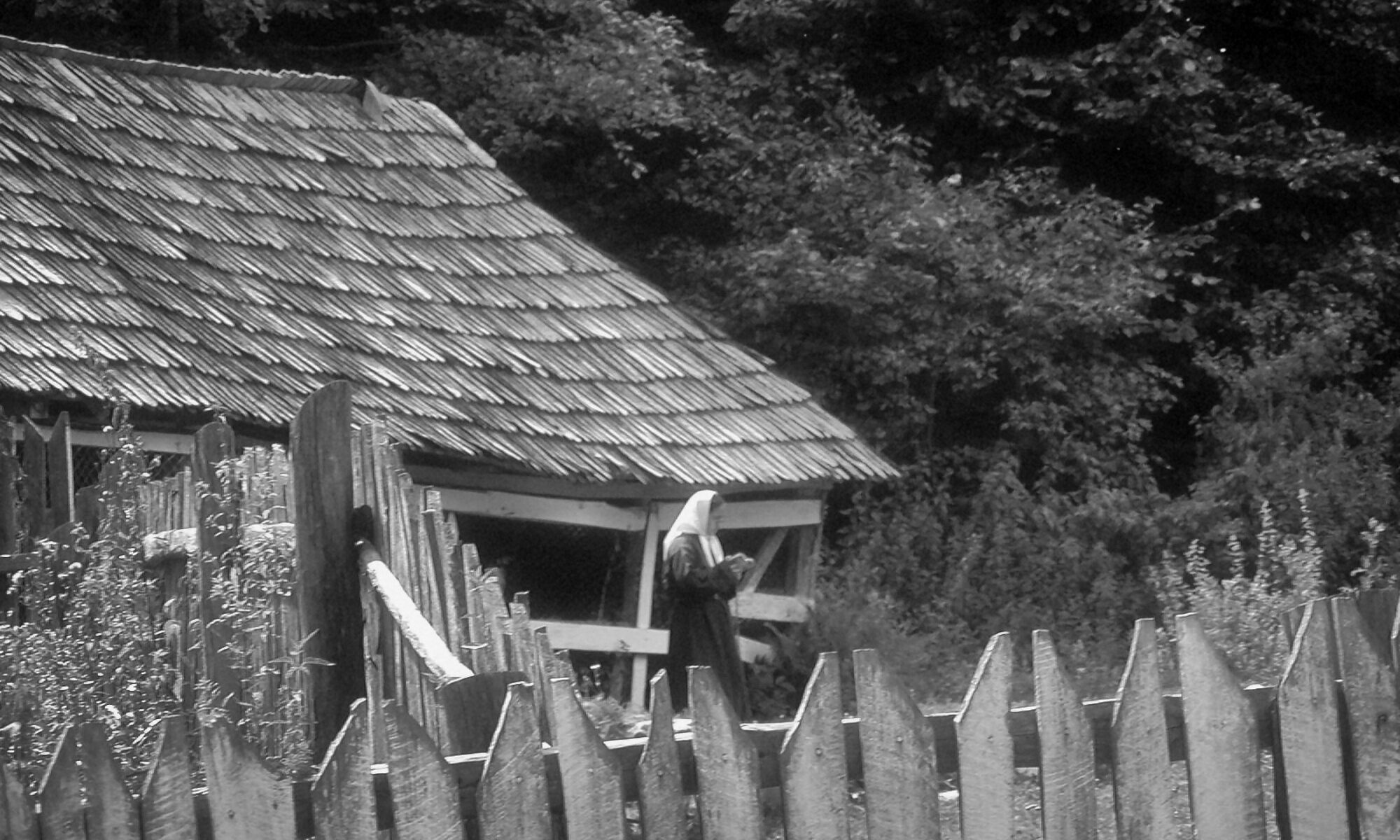THE HUNGARIAN MOUNTAINS. This little-known belt of mountains is nestled among the volcanic peaks of the inner Carpathians. At the foot of its highest summit, Seacă Mare, lies a steep, wooded crater, its northward face perforated by a rush of water. Amid the vast ragwort-juniper expanses of this dry mountain, stands a royal hunting lodge with pink ottomans and decorative, castellated flasks. It towers on stilts high above stunted scrub-pine thickets, windows gazing out in every direction in search of game.
The ridges of the Gurghiu range are dry and ungrazed. Their blanket of pine forests, snow-colored false hellebore, sky-hued adenostyles and mist-shrouded, water-worn roads are reminiscent of the Krkonoš Mountains. Yet not everything about them is similar. Forest tracks are deserted here, unused by people. Only an occasional musky pile of bear droppings, indigo from beetle shells or blueberries, can be found lying in their midst.
Fresh spring water pours out of the Bucin Pass, and the forests above appear tall and welcoming, full of dry wood and mushrooms. The track to the south along the ridge is poor, and eventually vanishes for disuse. To reach the Harghita Mountains, you must scrape your way southward, compass in hand, through rugged, bewildering forests. It is a strenuous journey and so easy to become lost.
The people dwelling at the foot of the Gurghiu Mountains are almost entirely Hungarian-speaking. These Romanian Magyars, or Székelys, sit at their potter’s wheels, turning out beautiful pitchers and cups that they decorate with flowers and doves to sell at markets all across Romania.
Snug in a salt karst lies the saline Ursu Lake; run around by a double fence, it bears little resemblance to the surrounding wilderness. Its buoyant surface is dotted with people floating like bloated, unsinkable frogs, heads propped up on boards to keep them from sinking as they sleep; the briny water grows hot in the sun.
